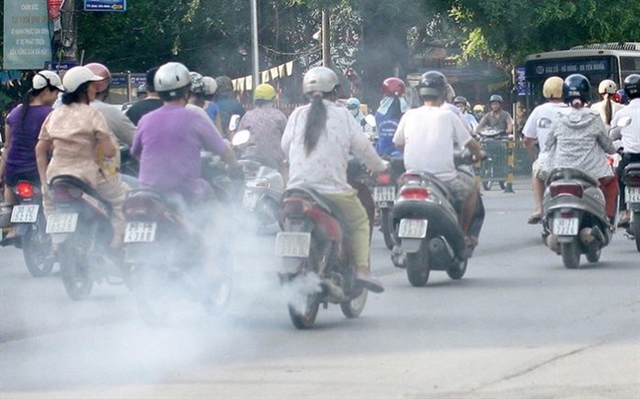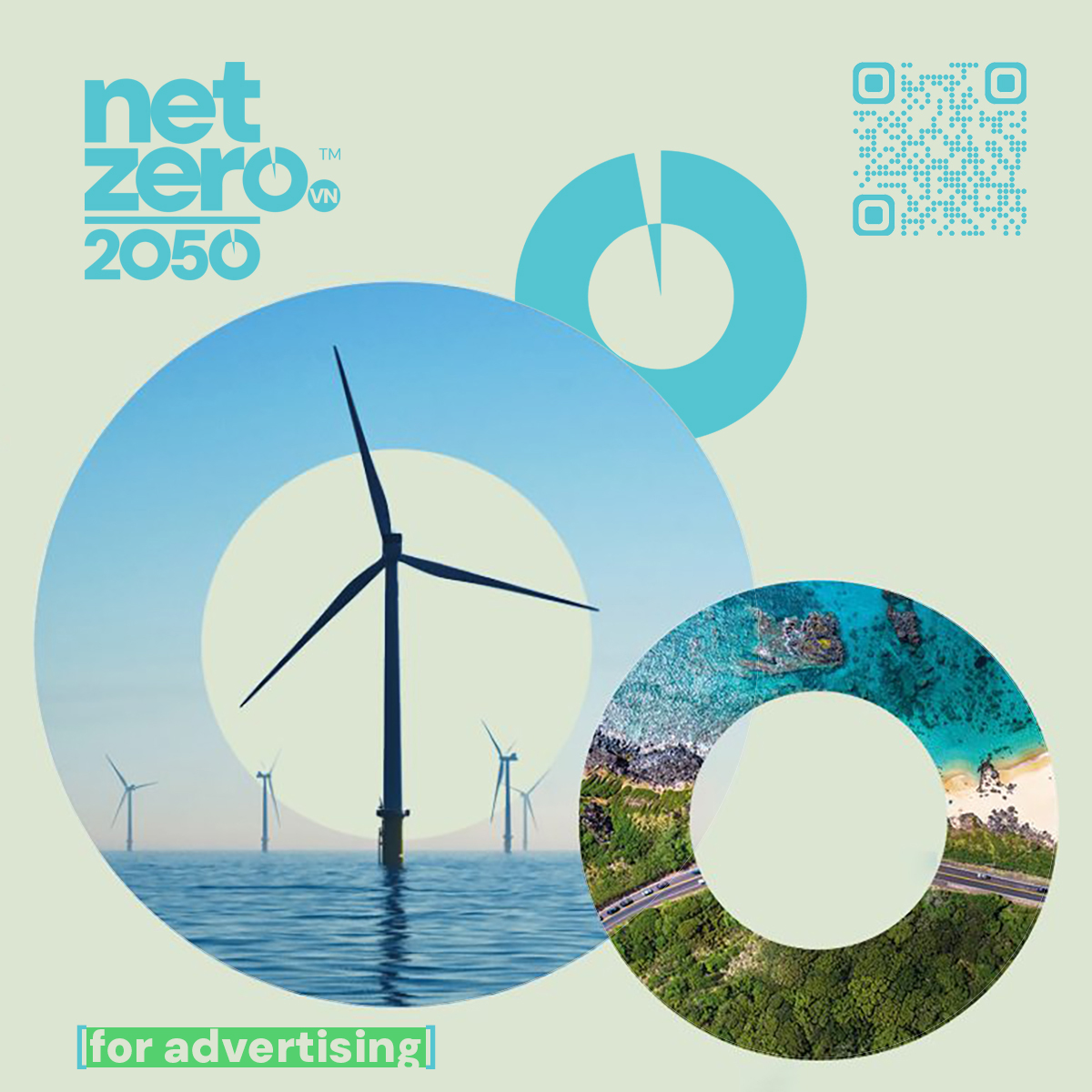
The proposal, outlined in a draft decision of the Prime Minister on national vehicle emission standards, lays out a phased plan to tighten requirements depending on vehicle age.
Each emission level sets maximum limits on pollutants such as carbon monoxide (CO) and hydrocarbons (HC).
At the lowest level, Level 1, cars with petrol engines are allowed up to 4.5% CO by volume, while Level 2 reduces that to 3.5%.
By Level 3, the limit falls to 3%, before dropping sharply to 0.5% at Level 4 and just 0.3% at Level 5.
Hydrocarbon limits follow a similar pattern, with progressively stricter thresholds as the levels increase. The higher the level, the cleaner and less polluting a vehicle must be.
Older cars built before 1999 would only be required to comply with Level 1 standards, while those produced from 1999 onward would need to meet Level 2 as soon as the decision takes effect.
Cars manufactured from 2017 would move up to Level 3 from January 1, 2026, and in Hanoi and HCM City, the bar would be raised even higher, with those same vehicles subject to Level 4 a year later.
Cars built from 2022 would face stricter obligations, required to meet Level 4 by 2026 and Level 5 by 2030 nationwide. In the two major cities, however, Level 5 would arrive earlier, in 2028.
From 2030 onward, all cars operating in Hanoi and HCM City would have to meet at least Level 2 standards, regardless of their year of manufacture.
Deputy Minister Le Cong Thanh stressed that stricter enforcement should begin in the areas most vulnerable to air pollution.
“Priority must be given to Hanoi and HCM City,” he said, citing the growing health risks from poor air quality.
The official emphasised that emission control cannot stand alone. It must be combined with policies to promote clean transport, phase out outdated vehicles, and encourage people to switch to electric cars, hybrids and other green technologies.
Future adjustments to the roadmap will be made based on real conditions, with new proposals submitted to the Prime Minister when needed.
The draft also tasks the Ministry of Construction with certifying vehicles that comply with the standards and overseeing registration centres to ensure emission checks are carried out as part of safety and environmental inspections.
Meanwhile, the Ministry of Finance has suggested financial incentives, including tax and fee reductions, to help drivers replace old vehicles with more environmentally friendly options.
The urgency of the proposal is underscored by worsening air pollution across Vietnam. According to the Ministry, dust, especially fine particulate matter (PM2.5), has become the dominant concern, with pollution now more frequent and more widespread.
In Hanoi, the last three months of 2024 and January this year saw many days when the Air Quality Index (AQI) fell into the ‘very poor’ category, directly affecting public health.
The explosion of vehicles is seen as a key culprit. By the end of 2023, Vietnam had more than 6.3 million registered cars and 74.3 million motorcycles.
Hanoi alone had over 9.2 million vehicles of all kinds, excluding those operated by central government agencies. Many of them are old, fail to meet emission standards, and contribute heavily to traffic congestion.
According to the Ministry, the draft aims to protect public health, reduce air pollution, and improve environmental quality, while helping Vietnam meet its international commitments on cutting greenhouse gas emissions and adapting to climate change.
Local authorities may also introduce stricter rules, depending on their socio-economic conditions, as long as they comply with the Law on Environmental Protection and the Law on Traffic Safety./.
(VNA)




